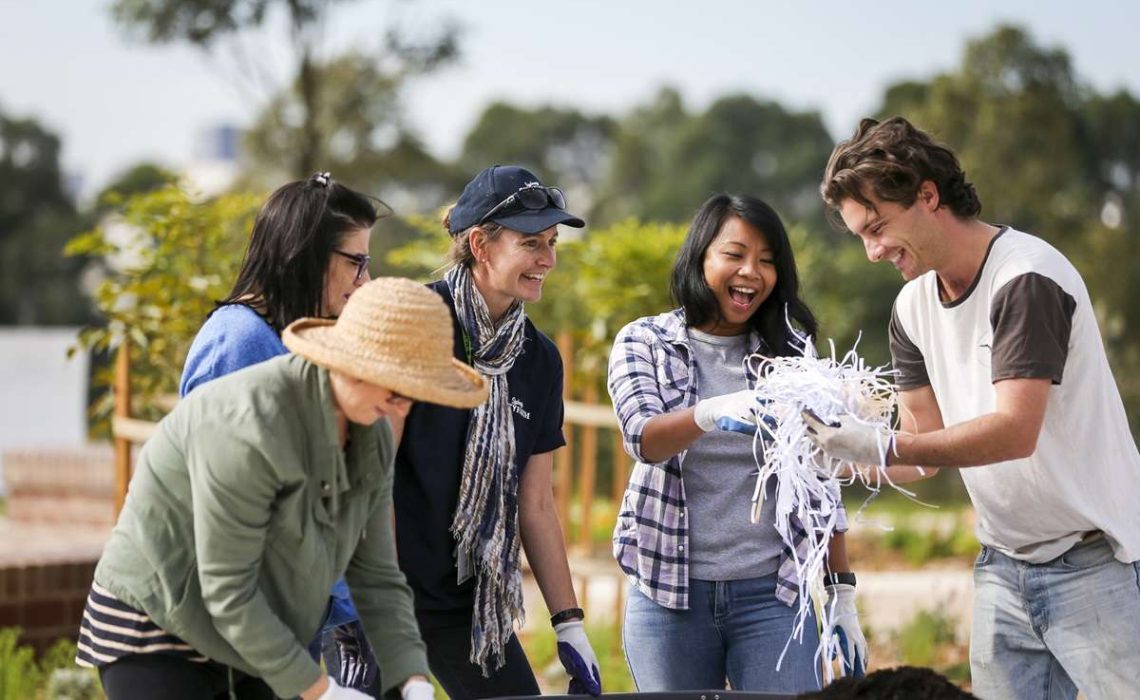The big picture
When a lot of people imagine “regenerative agriculture,” a few things come to mind: expertly engineered greenhouses, abundant sprawling fields, happy local farmers bringing their food to the local market.
But an often overlooked aspect of regenerative agriculture and even permaculture is the power of community gardens: plots of land, often (but not always!) in city and residential areas, tended to by a group of people. The gardens are generally divided into individually managed or shared plots.
Small gardens, big impact
While each community garden may be relatively small in size compared to the acres of land managed by conventional farmers, they can have a big impact on the food security and quality of food available in a community:
- Only 1 in 10 American adults eats the recommended amount of fruits and vegetables, but evidence has shown that people who joined a community garden ate 1.4 more times more fruits and vegetables per day than those who did not, and were 3.5 times more likely to eat the recommended 5 servings of vegetables per day. [Loma Linda University Health](https://ihpl.llu.edu/blog/community-gardens-effective-approach-food-equity#:~:text=One study found that people,servings of vegetables per day.)
- Community gardens are able to produce such an abundance of food, even in desert locations like Las Vegas, USA, that they can fill local food pantries. University of Nevada, Las Vegas
Going beyond gardening
Many community gardens also support land conservation and regeneration practices in their local area.
- A Vancouver, Canada community garden is helping to protect and restore local wetlands. Strathcona Gardens
- The Sydney City Farm in Sydney, Australia, is working to restore city greenspace and urban forests, as well as increase the amount of indigenous plant and animal species in the city to encourage biodiversity and strengthen local ecosystems. Sydney City Garden
And with thousands of active community gardens worldwide with even more members actively working to restore and regenerate their local land, the collective impact should not be underestimated!

